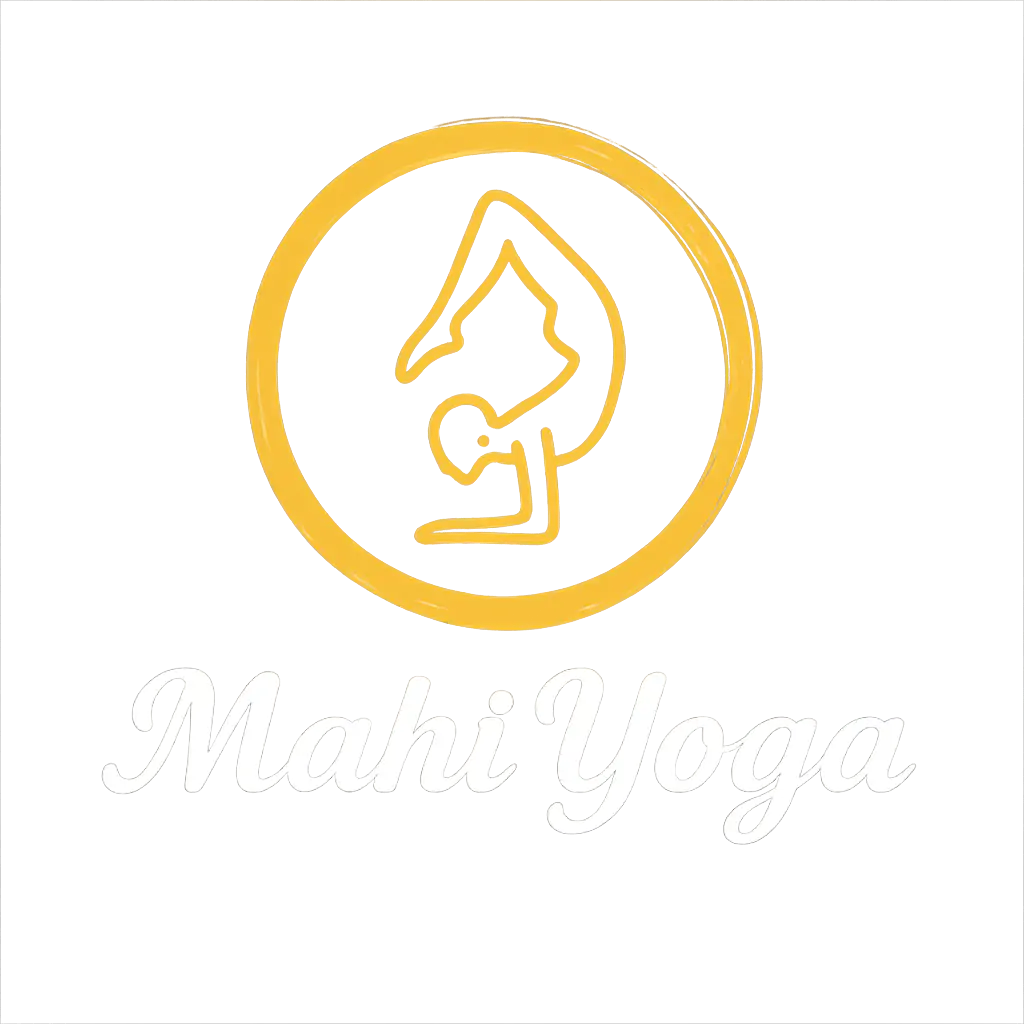Padahastasana, also known as the Hand-to-Foot Pose, is a fundamental standing forward bend in yoga. It’s a beginner-friendly pose that offers a multitude of benefits for the body and mind. In this comprehensive guide, we’ll delve into the intricacies of Padahastasana, exploring its introduction, benefits, advantages, and tips for proper execution.
Introduction to Padahastasana: The Hand-to-Foot Pose
Padahastasana, derived from the Sanskrit words ‘pada’ (foot), ‘hasta’ (hand), and ‘asana’ (pose), is a standing forward bend that stretches the hamstrings, calves, and back muscles. It’s a relatively simple pose, making it accessible to beginners. However, it’s essential to practice it with proper alignment to maximize its benefits and avoid any injuries.
Benefits of Padahastasana: A Harmonious Blend for Body and Mind
Padahastasana offers a plethora of benefits for both the physical and mental aspects of well-being. Let’s explore the key advantages this pose brings to our practice:
Physical Benefits:
- Improves Flexibility: Padahastasana effectively stretches the hamstrings, calves, and lower back muscles, enhancing flexibility and range of motion.
- Strengthens Legs and Core: The pose engages the leg and core muscles, strengthening them and improving overall stability.
- Stimulates Circulation: By inverting the body, Padahastasana stimulates blood flow to the head, promoting mental alertness and overall circulation.
Mental Benefits:
- Reduces Stress and Anxiety: The gentle stretch and deep breathing involved in Padahastasana help calm the mind, reducing stress and anxiety.
- Enhances Focus and Concentration: By bringing stillness to the body and mind, Padahastasana promotes focus and concentration.
- Induces Relaxation: The pose’s calming effect contributes to relaxation and overall well-being.
Advantages of Padahastasana: A Gateway to Deeper Practice
Padahastasana serves as an excellent foundation for more advanced yoga poses, particularly inversions. By mastering Padahastasana, practitioners can develop the necessary strength, flexibility, and control to progress to poses like Sirsasana (Headstand) and Adho Mukha Svanasana (Downward-Facing Dog).
Tips for Proper Execution: Enhancing the Padahastasana Experience
- Warm Up: Before attempting Padahastasana, warm up your body with light movements to prepare your muscles for the stretch.
- Maintain Proper Foot Placement: Stand with your feet together, toes pointing straight ahead.
- Engage Your Core: Keep your core engaged throughout the pose to protect your lower back.
- Bend from the Hips: Initiate the forward bend by hinging at the hips, not at the waist.
- Grasp Your Toes: Reach for your toes, keeping your spine long.
- Modify if Needed: If unable to reach your toes, use a prop like a yoga strap or block.
- Breathe Deeply: Maintain deep, even breaths throughout the pose.
- Come Out Gradually: To exit the pose, slowly roll up, vertebra by vertebra.
Remember, yoga is a journey, not a destination. Practice Padahastasana with patience, allowing your body to gradually adapt to the stretch. As you progress, you’ll experience the profound benefits this pose has to offer, both physically and mentally.
Learn advanced areas of yoga
To ensure proper practice of asanas, we highly recommend joining a yoga teacher training program. This comprehensive educational course covers everything from asana alignment and its benefits to deeper aspects like anatomy, philosophy, meditation and pranayama. Yoga covers various sub-disciplines including Ayurveda, nutrition, lifestyle choices and cleansing techniques, all of which are integral parts of our 200 hour yoga teacher training at Mahi Yoga.
Join us on this transformative journey to expand your understanding and foster personal growth!
